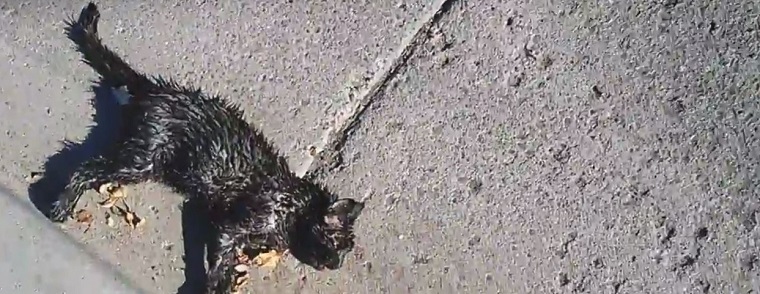-
info@aaanimalcontrol.com
Call us for help in your town
Humane Wildlife Education
What to do if I find roadkill - a dead animal in the street?
Need wildlife removal in your hometown? We service over 500 USA locations! Click here to hire us in your town and check prices - updated for year 2020.
If you have found roadkill, do not touch it. In a perfect world, another animal would come along and eat that roadkill carcass, and this does happen quite a lot, especially with scavengers such as foxes, raccoons, and opossums. Sadly, however, those predatory creatures often become roadkill themselves in an attempt to get to the original kill.

If the roadkill is in the middle of the road and you can find a safe way to do so, wearing gloves and avoiding direct contact with the animal where possible, you can move it to the side of the road. This will allow for nature to do its thing, sending another scavenger running to finish the job without the fear of the second animal almost becoming roadkill.
If you do not have gloves, or you need to make direct contact with the animal in order to do this, do not do it. The disease threat is too great for you to touch the dead animal.
Within the city limits, you will usually find that there is a dedicated department in place to clean up roadkill, and these are the guys you'll need to call if you find some on the street. The sight of a dead animal can be very distressing for young children, and even some adults, so leaving it there is not advisable. If the animal isn't wild, there's a chance the owner could be tracked with chips and collars, and most animal owners would want to know if one of their furry friends had become roadkill. If the creature is wild, it will be disposed of safely.
For more information, you may want to click on one of these guides that I wrote:
How much does dead animal removal cost? - get the lowdown on prices.
How to get rid of dead animals - my main dead animal removal info guide.
Example dead animal removal photographs - get do-it-yourself ideas.
Dead animal job blog - learn from great examples of dead animal jobs I've done.


















